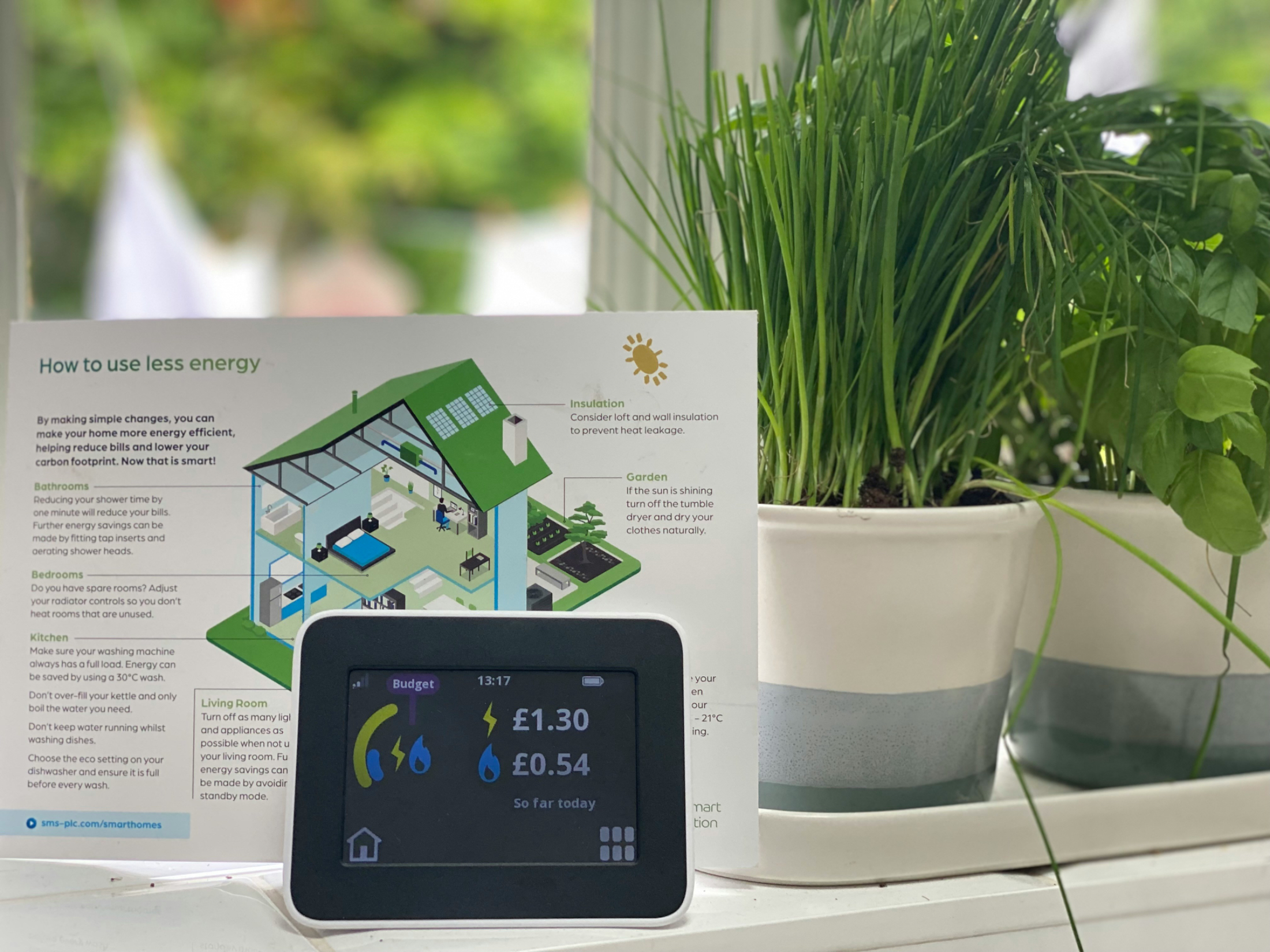Whether it’s turning off the lights when we leave a room, putting our recyclables in the blue bin or buying an electric vehicle, we all know that when it comes to our environmental footprint, it’s good to be green.
But for Canadians who want to buy an environmentally-friendly home, it isn’t always easy to know where to look, what to look for – or what the potential costs and benefits might be. So here are a few things to keep in mind to help you “go green” when you buy your next home.
The growing demand for green housing
Between an increased focus on sustainability in nearly every facet of our daily lives and a growing awareness about the real-world impacts of climate change, it’s no surprise that the demand for greener housing is likewise growing at a rapid pace across the country.
In a recent survey by Abacus Data, 59% of Canadians who are planning on buying a home in the next few years said that it was either important or very important to them to purchase an energy-efficient home. In British Columbia, that number was even higher, with 61% of respondents indicating that they intended to buy a green home.
What is a “green home”?
According to the Business Development Bank of Canada, a home is considered to be “green” if it is sustainable, resource- and energy-efficient, uses building materials that are low- or non-toxic, incorporates building and design approaches that reduce carbon and other greenhouse gas emissions, and provides a healthy indoor environment for the people who live there.
Some typical features of green homes include things like:
· High-quality insulation and air sealing
· Non-toxic materials and finishes
· High-performance doors and triple-paned windows
· High-efficiency heat pumps
· Energy-saving appliances
· Water-saving faucets and showerheads
· On-site renewable energy systems like rooftop solar panels or wind turbines
The costs of going green
When it comes to cost, the main concern for prospective homebuyers is that green homes often come with a higher price tag than traditional homes. According to some estimates, building a fully sustainable standalone house in Canada can cost between 5% to 20% more than a standard home. This higher purchase price reflects the significant investment the previous homeowners or builder made to design, build or renovate the home.
Luckily, in many cases, the ongoing savings in things like lower monthly utility bills over the lifetime of the home can often more than pay for the higher upfront cost. In addition, if you’re renovating rather than buying, there are several federal and provincial government programs available to help cover some of the costs of going green.
The Canada Greener Homes Affordability Program (CGHAP), for example, provides funding to eligible homeowners and tenants to help cover the cost of energy-efficient upgrades like adding insulation or installing a heat pump. In B.C., the CleanBC Better Homes initiative helps homeowners find rebates to save energy and lower their greenhouse gas emissions.
The benefits of buying a green home
On the plus side, the main reason why green features have become so popular is that they offer homeowners and buyers alike a wide range of significant benefits and advantages – for them, their family, and for the planet.
The most obvious benefit, of course, is a smaller environmental footprint! Green features, products and technologies can go a long way towards lowering your greenhouse gas emissions, reducing waste and harmful emissions, and helping to protect and preserve the world we all call home for future generations.
The second big benefit is the money you’ll save when it comes to things like your home heating, cooling and electricity bills. According to some estimates, green upgrades like switching to high-performing doors and windows, adding better insulation, or installing home energy-producing systems like solar panels or a wind turbine could save the average Canadian homeowner hundreds or even thousands of dollars a year for as long as they own their home.
Other benefits of buying or owning a green home include:
· Greater durability
· Healthier indoor air quality
· Reduced maintenance costs
· More comfortable living environment
· Higher resale value
· Competitive advantage when marketing or selling your property
How can you find a green home?
If you’re interested in buying a green home, one of the easiest ways to begin is by looking for a property that’s been certified by one of Canada’s environmental certification programs.
This includes internationally-recognized programs like the Leadership in Energy and Environmental Design (LEED®) sustainability certification program administered by the Canada Green Building Council (CAGBC), the R-2000 and ENERGY STAR® certification initiatives from Natural Resources Canada (NRCan), the Net Zero Home Labelling Program from the Canadian Home Builders Association (CHBA), or the BOMA Bestbuilding certification program from the Building Owners and Managers Association of Canada (BOMA Canada).
The City of Vancouver has also put together a short but informative Green Home Buyers Guide that offers an overview of things to consider when buying a green home, and helps answer some of the most common questions about buying a green property.
Or of course, you can also always just ask your REALTOR® for help! An experienced REALTOR® will explain all the pros and cons of “going green,” and help narrow your search to only those properties that meet your exact needs and requirements – including finding homes that are as energy-efficient, sustainable and environmentally-friendly as possible.
Interested?
Are you thinking about buying a home and are wondering if going green is right for you? Contact us for a free no-pressure consultation today!
